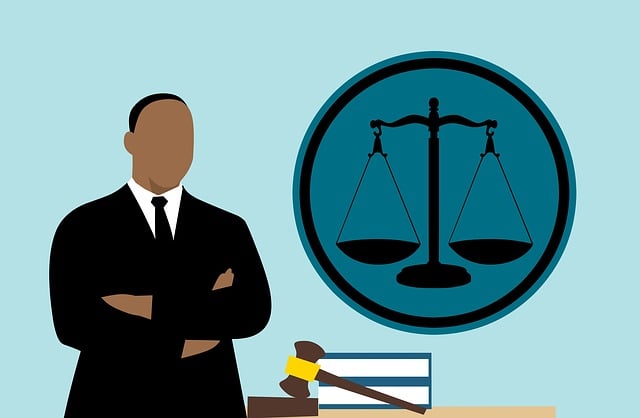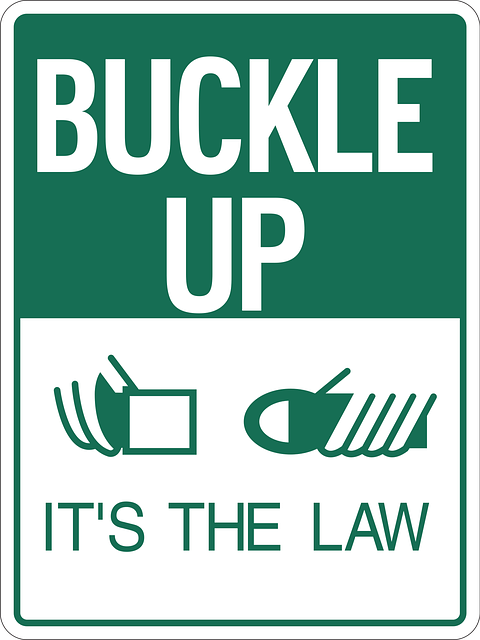Emotional Aftermath of Catastrophic Injuries: Transforming Settlement Negotiations

Catastrophic injuries from high-impact events like auto or truck collisions cause both visible scars…….
In the realm of personal injury law, catastrophic injuries present unique challenges and necessitate specialized approaches to ensure adequate compensation for victims. A catastrophic injury settlement refers to the financial arrangement reached between an injured party and the responsible party or their insurance providers after a severe accident resulting in significant and long-lasting physical, mental, or cognitive impairments. This complex process involves intricate legal, medical, and financial considerations, aiming to provide relief and support for individuals who have endured life-altering traumas. In this comprehensive article, we will dissect the multifaceted aspects of catastrophic injury settlements, exploring their global impact, economic implications, technological innovations, regulatory frameworks, and the challenges they present.
Definition:
Catastrophic injury settlement is a legal and financial outcome aimed at compensating individuals who have suffered severe, permanent injuries due to accidents or misconduct. These settlements are designed to cover various aspects of an injured person’s life, including medical expenses, lost earnings, pain and suffering, and other associated costs.
Core Components:
Historical Context:
The concept of catastrophic injury settlements has evolved over time, reflecting changes in societal values, medical advancements, and legal precedents. Historically, insurance policies had limited coverage for severe injuries, often leaving victims with substantial financial burdens. Over the years, public awareness campaigns and legal reforms have played a pivotal role in advocating for more comprehensive settlement agreements. The increasing complexity of medical treatments and the growing emphasis on patient rights have further shaped the modern catastrophic injury settlement landscape.
International Influence:
Catastrophic injury settlements are not limited to specific regions, but their implementation and outcomes vary globally due to differing legal systems, cultural norms, and healthcare infrastructures. Countries like the United States, Canada, the United Kingdom, Australia, and many European nations have well-established frameworks for handling such cases.
Regional Trends:
Market Dynamics:
Catastrophic injury settlements significantly impact the economy, particularly in regions with high-cost medical care and substantial income disparities. The financial burden of these settlements can influence insurance premiums, healthcare costs, and economic growth.
Investment Patterns:
Law firms specializing in catastrophic injury cases attract significant investments from clients seeking representation. These cases often involve complex financial modeling to project future expenses, ensuring fair compensation.
Economic Systems and Settlements:
In many economies, catastrophic injury settlements play a role in risk management and loss distribution. Insurance companies use actuarial tables to assess risks and set premiums, considering the potential outcomes of such settlements. Well-managed settlements can contribute to financial stability by providing a mechanism for distributing costs and ensuring victims receive fair compensation.
Impact on Settlement Process:
Technology has revolutionized the catastrophic injury settlement landscape, enhancing efficiency and accuracy:
Future Potential:
Key Policies and Frameworks:
Influence on Settlement Outcomes:
Regulatory frameworks play a crucial role in:
Main Challenges:
Proposed Solutions:
Case Study 1: The “Amputee’s Journey”
Plaintiff: Sarah, a young woman who suffered a severe leg amputation due to medical negligence during routine surgery.
Settlement Amount: $5 million.
Outcomes: Sarah’s case highlighted the challenges of adapting to life with an amputation and the profound emotional impact. The settlement covered immediate medical expenses, prosthesis costs, and pain and suffering. It also funded specialized counseling and support groups, ensuring Sarah’s well-being. This case led to increased awareness about the psychological aspects of catastrophic injuries and prompted healthcare providers to offer more comprehensive post-injury care.
Case Study 2: “The Bus Crash Settlement”
Plaintiffs: A family whose daughter was killed in a bus accident caused by a driver’s negligence.
Settlement Amount: $12 million (the highest settlement in the region for such a case).
Outcomes: This settlement not only provided financial security for the family to cope with their loss but also led to significant changes in public transportation regulations. The case brought attention to the need for stricter driver screening and training programs, ultimately improving safety standards.
Case Study 3: “The Traumatic Brain Injury (TBI) Settlement”
Plaintiff: David, who suffered a TBI in a car accident, resulting in cognitive impairments and personality changes.
Settlement Amount: $8 million.
Outcomes: The settlement addressed immediate medical needs, future care, and vocational rehabilitation. It also included funds for adaptive technology and specialized education to help David rebuild his life. This case demonstrated the complex nature of TBI settlements, emphasizing the long-term support required for victims.
Potential Growth Areas:
Emerging Trends:
Strategic Considerations:
Catastrophic injury settlements represent a complex interplay of legal, medical, and financial considerations. As global awareness of these cases grows, so does the need for specialized knowledge, robust regulations, and innovative solutions. By addressing challenges, leveraging technological advancements, and fostering collaboration, the catastrophic injury settlement landscape can continue to evolve, ensuring that victims receive fair compensation and support for their life-altering experiences.
Q: How do I know if I have a valid claim for a catastrophic injury settlement?
A: To have a strong case, you should first consult with an experienced lawyer who specializes in catastrophic injury claims. They will assess the specifics of your case, including medical records, evidence of negligence, and potential impact on your life.
Q: What if my insurance company is refusing to settle fairly?
A: If your insurer is uncooperative, you have several options. You can retain legal counsel to negotiate on your behalf or file a lawsuit. It’s essential to understand your rights under the law and any applicable insurance policies.
Q: Can technology really improve the settlement process?
A: Absolutely! Technology streamlines many aspects of catastrophic injury settlements, from medical record management to data analysis for predicting future needs. While it won’t replace legal expertise, it can enhance efficiency and fairness in the process.
Q: How do cultural differences impact catastrophic injury settlements globally?
A: Cultural norms significantly influence settlement outcomes and processes. Some cultures may prioritize community reconciliation over individual compensation, while others emphasize financial deterrents. Understanding these nuances is crucial for navigating successful settlements in diverse regions.
Q: What are the potential long-term effects of a catastrophic injury on my finances?
A: Catastrophic injuries can have profound financial implications, including medical debts, loss of earnings, and ongoing care expenses. Comprehensive settlements aim to account for these future costs, ensuring victims have financial security well into the future.

Catastrophic injuries from high-impact events like auto or truck collisions cause both visible scars…….

A catastrophic injury, often leading to substantial medical bills and reduced quality of life, requi…….

Victims of catastrophic injuries need to navigate a complex legal process for settlement, starting w…….

Documentation is a crucial element in securing successful outcomes for catastrophic injury settlemen…….

Comprehensive documentation is paramount in catastrophic injury cases, especially complex ones like…….

Catastrophic injury settlement cases demand specialized legal expertise, focusing on severe accident…….

A catastrophic injury settlement refers to a substantial, one-time payment addressing medical bills,…….

A catastrophic injury settlement provides financial support and legal advocacy for individuals facin…….

Understanding the intricate process of catastrophic injury settlements is vital for all stakeholders…….

Robust documentation, encompassing medical records, witness statements, police reports, and more, is…….